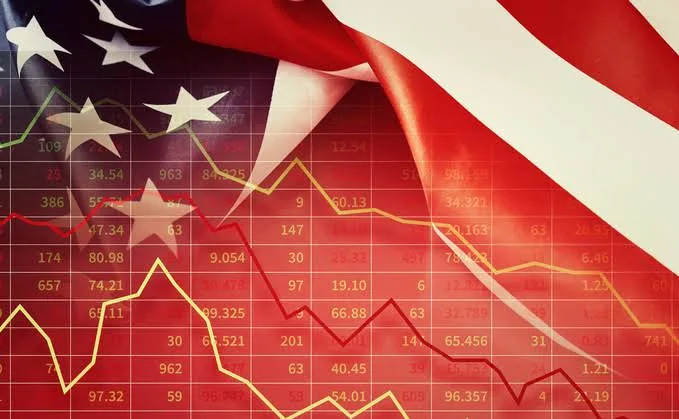A Crucial Inflation Gauge Set to Impact Monetary Policy
The U.S. Personal Consumption Expenditure (PCE) Price Index, a key inflation indicator, is scheduled for release on June 27, 2025. This highly anticipated report is expected to provide valuable insights into the current state of inflation in the United States, potentially influencing the Federal Reserve’s monetary policy decisions.
What is the PCE Price Index?
The PCE Price Index measures the average change in prices of goods and services consumed by households, including durable goods, non-durable goods, and services. As a comprehensive inflation gauge, it tracks price changes across a broad range of categories, providing a detailed picture of inflationary trends in the U.S. economy.
Why is the PCE Price Index Important?
The PCE Price Index is the Federal Reserve’s preferred inflation gauge, as it provides a more accurate and comprehensive picture of inflation trends compared to other measures, such as the Consumer Price Index (CPI). The Fed uses the PCE Price Index to assess inflationary pressures and make informed decisions about monetary policy, including setting interest rates.
What are the Expectations?
Economists expect the PCE Price Index to show a moderate increase in inflation, driven by rising prices in services, housing, and energy. However, the actual figure may vary depending on various factors, including global economic trends, commodity prices, and domestic economic conditions.
Potential Impact on Monetary Policy
The PCE Price Index report can significantly influence the Federal Reserve’s monetary policy decisions. A higher-than-expected inflation rate could lead to:
- Increased interest rates: The Fed might hike interest rates to curb inflationary pressures, which could strengthen the U.S. dollar and impact bond yields.
- Reduced quantitative easing: A higher inflation rate could prompt the Fed to reduce its quantitative easing measures, potentially impacting stock markets and economic growth.
On the other hand, a lower-than-expected inflation rate could lead to:
- Dovish monetary policy: The Fed might adopt a more accommodative monetary policy stance, which could weaken the U.S. dollar and boost economic growth.
- Increased quantitative easing: A lower inflation rate could prompt the Fed to increase its quantitative easing measures, potentially boosting stock markets and economic growth.

Market Implications
The PCE Price Index report can have significant implications for financial markets. A higher-than-expected inflation rate could lead to:
- Market volatility: Unexpected inflation data can lead to market fluctuations, affecting stocks, bonds, and currency markets.
- Interest rate changes: A higher inflation rate could lead to increased interest rates, impacting borrowing costs and economic growth.
Conversely, a lower-than-expected inflation rate could lead to:
- Market relief: A lower inflation rate could lead to increased investor confidence, boosting stock markets and reducing bond yields.
- Economic growth: A more accommodative monetary policy stance could boost economic growth, potentially leading to increased consumer spending and investment.
Conclusion
The U.S. Personal Consumption Expenditure (PCE) Price Index report on June 27, 2025, will provide valuable insights into the current state of inflation in the United States. Market participants and policymakers will closely watch the data, as it can significantly impact monetary policy decisions and market sentiment. As the release date approaches, investors and analysts will be eagerly awaiting the report, ready to react to any unexpected developments.
